The Indian art market is rapidly embracing digital art, driven by the evolving landscape of new media and the increasing popularity of this art form among audiences. Indian visual artists are creating a confluence of interdisciplinary practice, making digital art a natural fit for the market’s evolving needs. This burgeoning interest is fueled by a global trend, with digital art increasingly recognized as a legitimate and exciting art form.
While digital fine art is still emerging in India, its future is bright, thanks to the pioneering work of artists like Nalini Malani, Sonia Khurana, Raqs Media Collective, Sehaj Rahal, and the up-and-coming Palak Hablani. These artists, along with influential institutions such as Khoj, the Public Arts Trust, and the Serendipity Arts Festival, are laying the groundwork for digital art to flourish, fostering a vibrant ecosystem for its creation and appreciation. They are not only creating art but also building community and critical discourse around the medium.
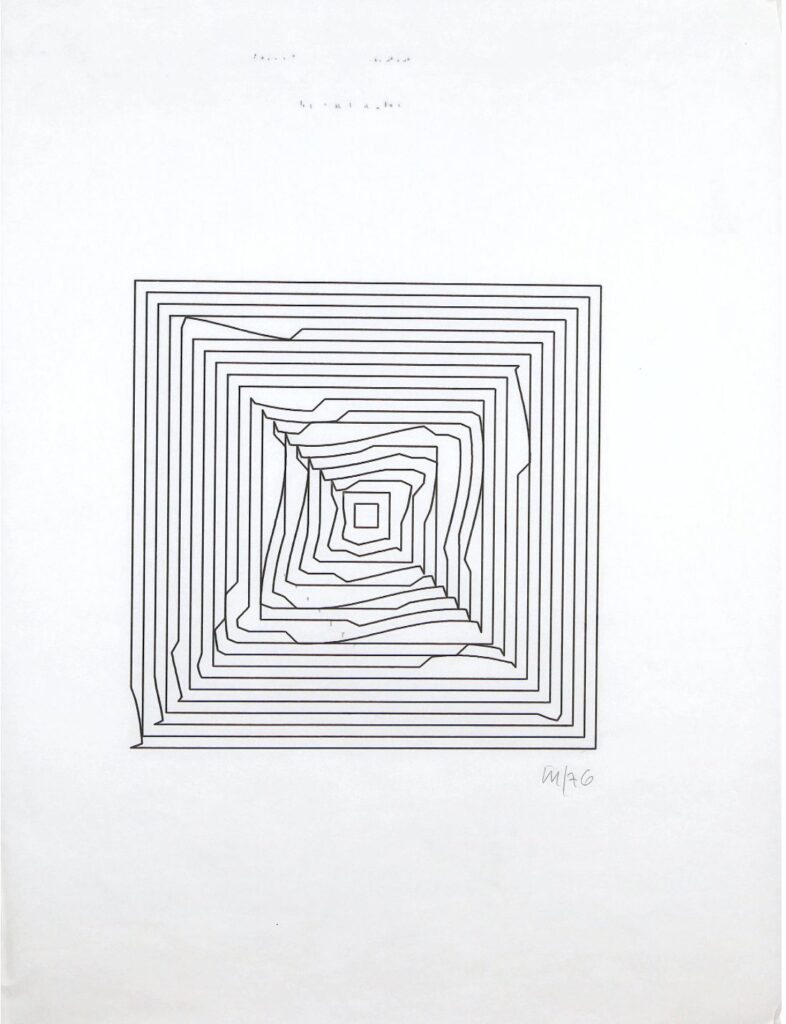
As digital art gains momentum, fueled by technological advancements like AI, this article explores its global history, tracing its roots and highlighting key milestones. The seeds of digital art were sown in the 1960s, with artists like Frieder Nake and Allan Kaprow, and collectives such as Experiments in Art and Technology (EAT), pioneering the exploration of the relationship between humans and machines. John Whitney’s creation of an abstract animation using digital technology in that same decade marked a crucial early milestone, setting the stage for future innovation and establishing a foundation for the moving image in digital art.
The 1970s saw further development of digital art through the work of Vera Molnar and Harold Cohen, who were among the first artists to employ mathematical algorithms and code in their creative processes, blurring the lines between art and computer science. The rise of photography in the 1980s influenced artists like Nam June Paik, who incorporated digital images into his art, achieving widespread popularity and demonstrating the power of digital manipulation in visual storytelling. In the 1990s, ARON, a program developed by engineers, enabled a robotic arm to draw on paper, demonstrating the expanding possibilities of computer-driven art and raising questions about authorship and the role of the machine in artistic creation.
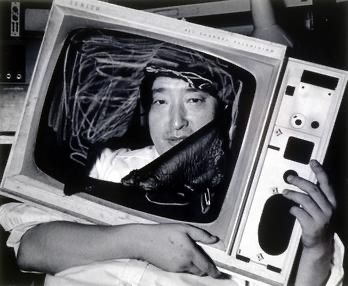
The advent of personal computers proved a pivotal catalyst for modern digital fine art. The proliferation of new programs and tools dramatically expanded creative possibilities, fostering exploration and boosting productivity, ultimately leading to greater artistic freedom and democratizing access to the medium. This technological revolution made the creation of digital art accessible to a wider audience. While some explored the medium recreationally, others recognized its profound potential as a serious artistic pursuit, pushing its boundaries and challenging traditional notions of art.
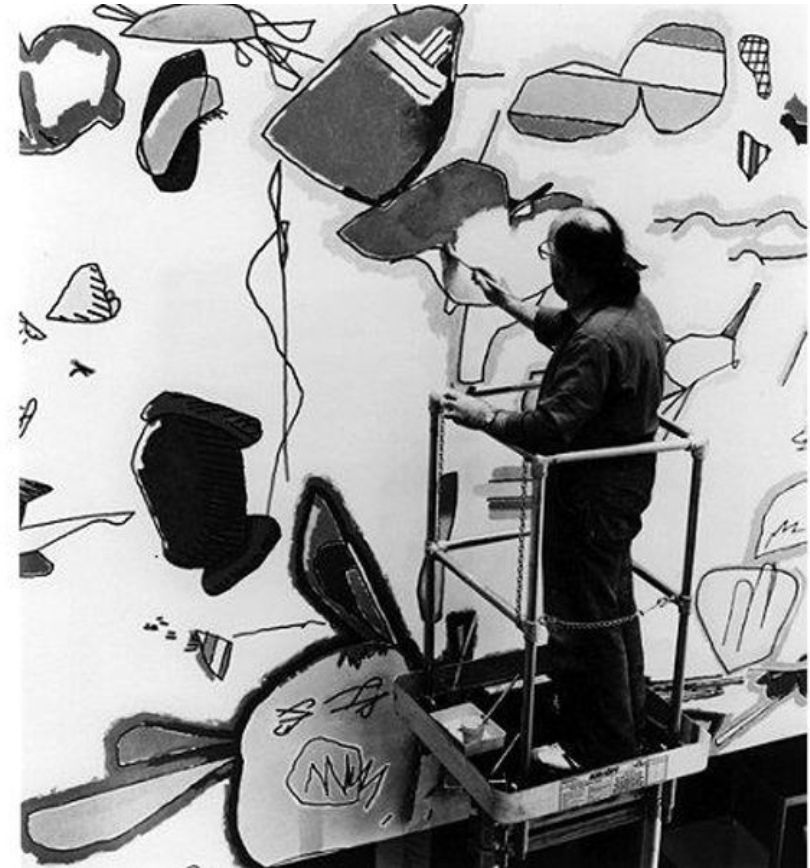
The 2000s marked the dawn of the digital age, with rapid technological advancements transforming the world and permeating every aspect of life. New media gained widespread prominence, and more recently, video, installation, interactive, and immersive art have become essential components of nearly every art festival and fair, reflecting the growing acceptance and integration of digital art into the mainstream art world. This rapid growth trajectory underscores the exciting potential of digital art, and NewArtX is a testament to this dynamic evolution, showcasing the innovative and diverse work being created by artists working in this ever-evolving medium.
Sources:
Brief History of Digital Art, 2023. TheworldArtNews.
Featured image courtesy: Artist Vera Molnar in her home and studio workshop on May 28, 2011 in Paris, France. Photo by Catherine Panchout/ Sygma via Getty Images. ( news.artnet.com )

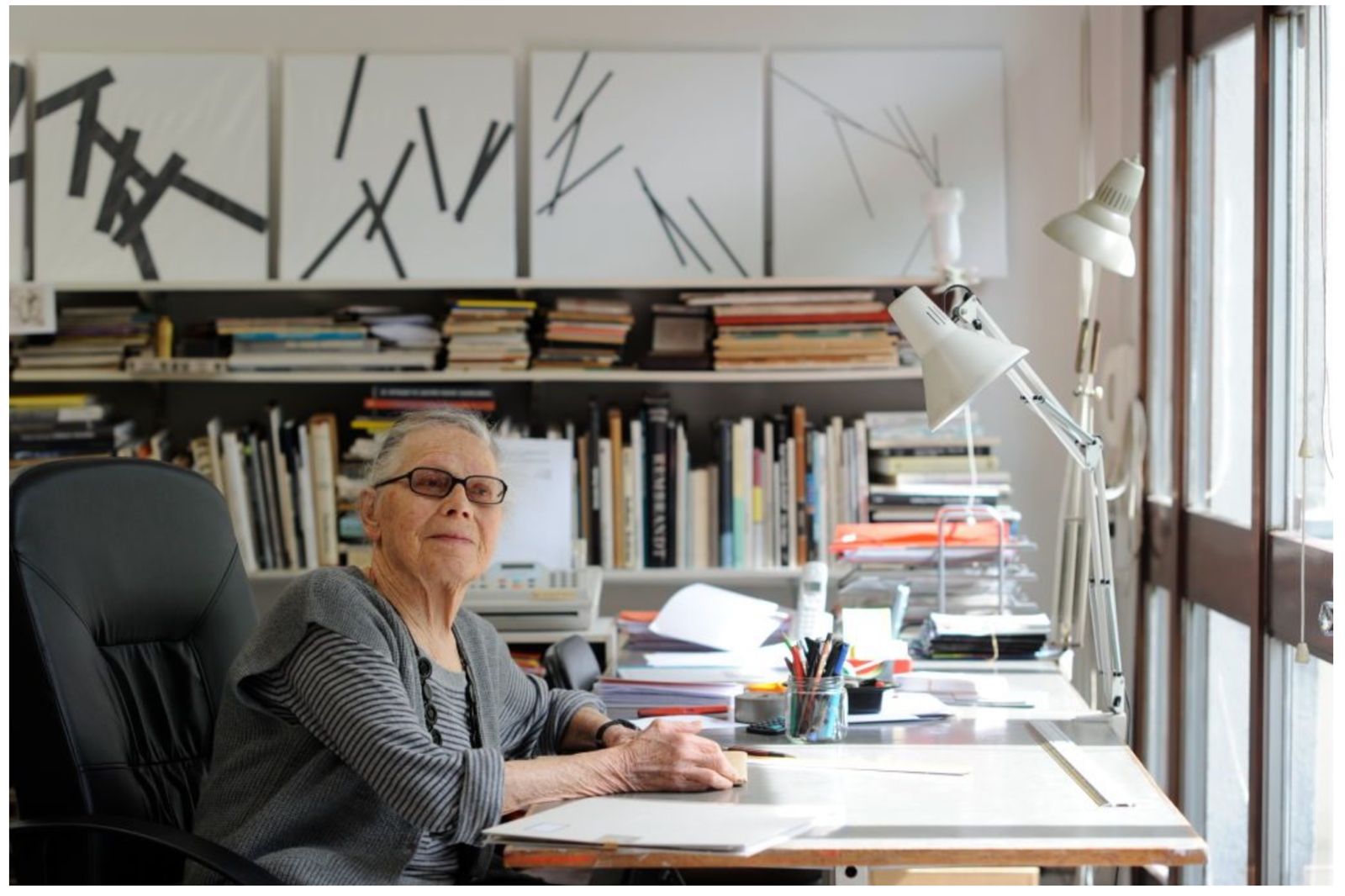
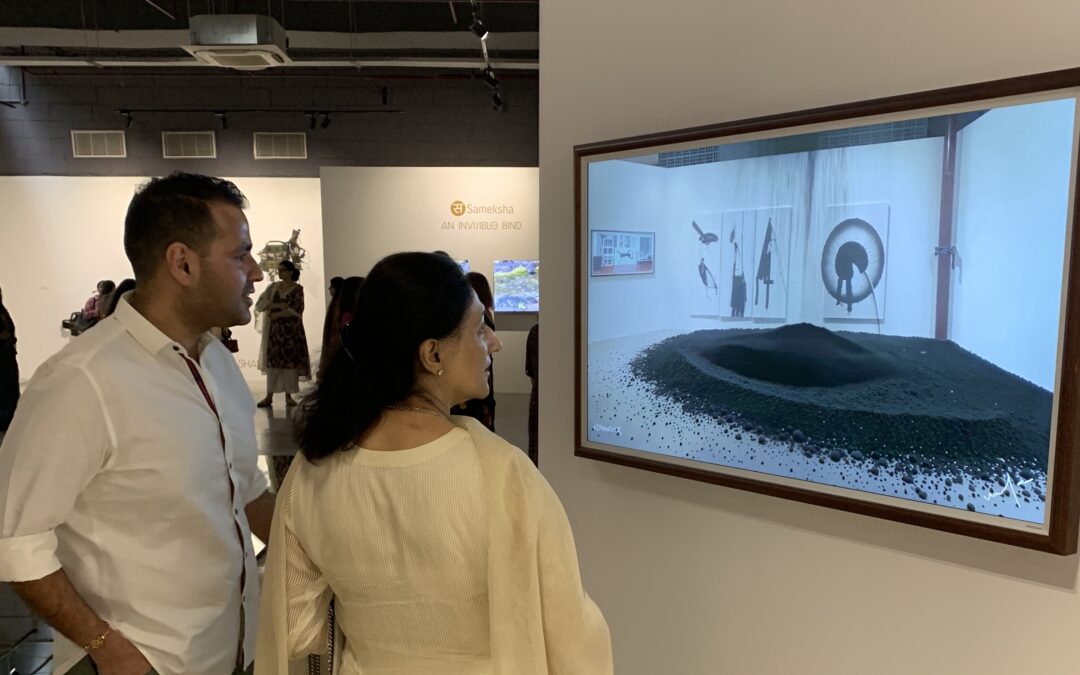
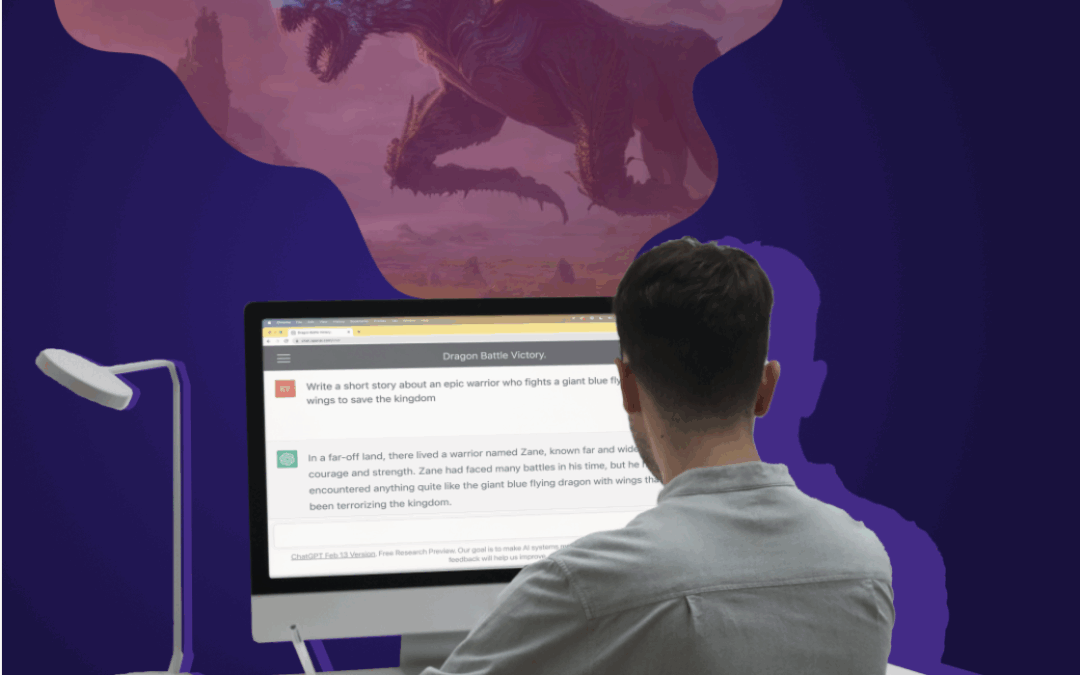
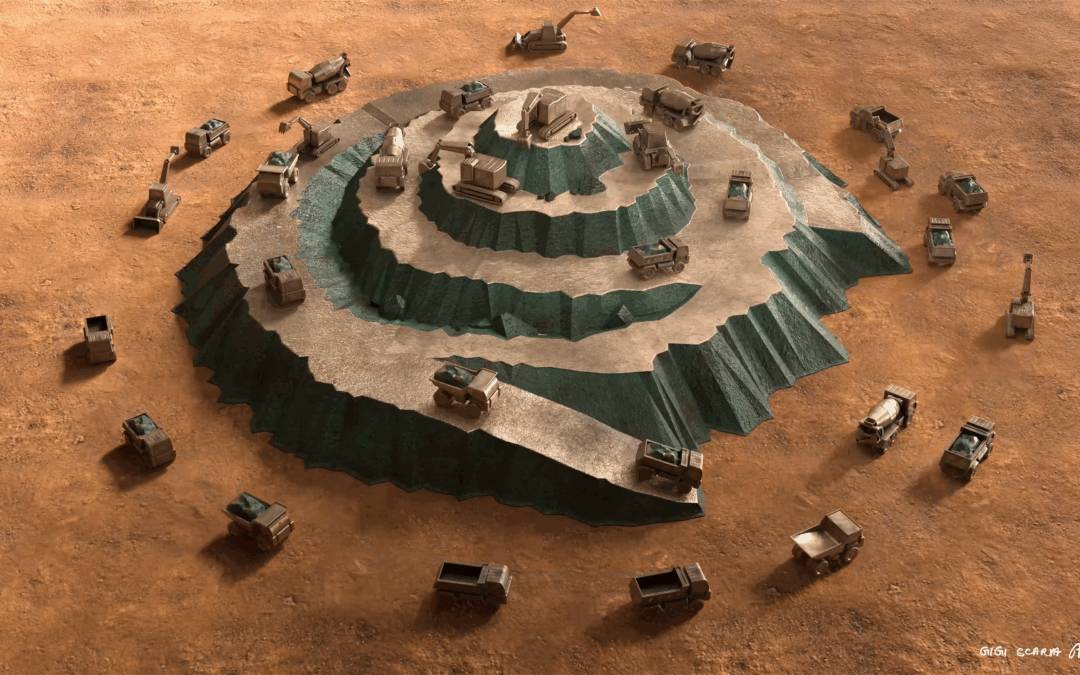
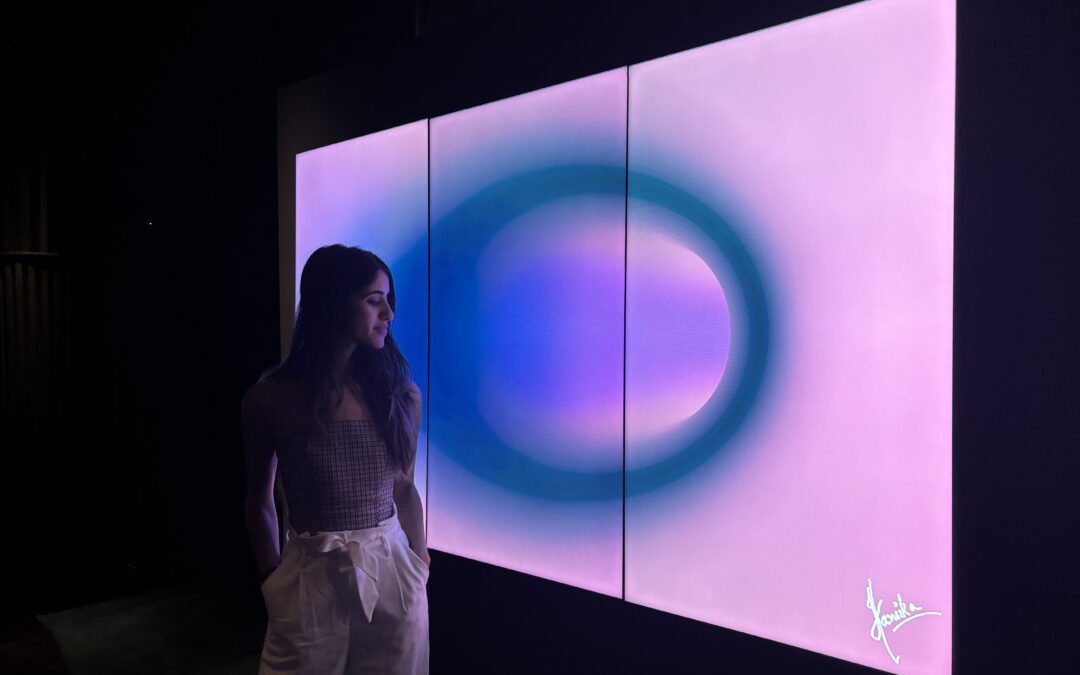
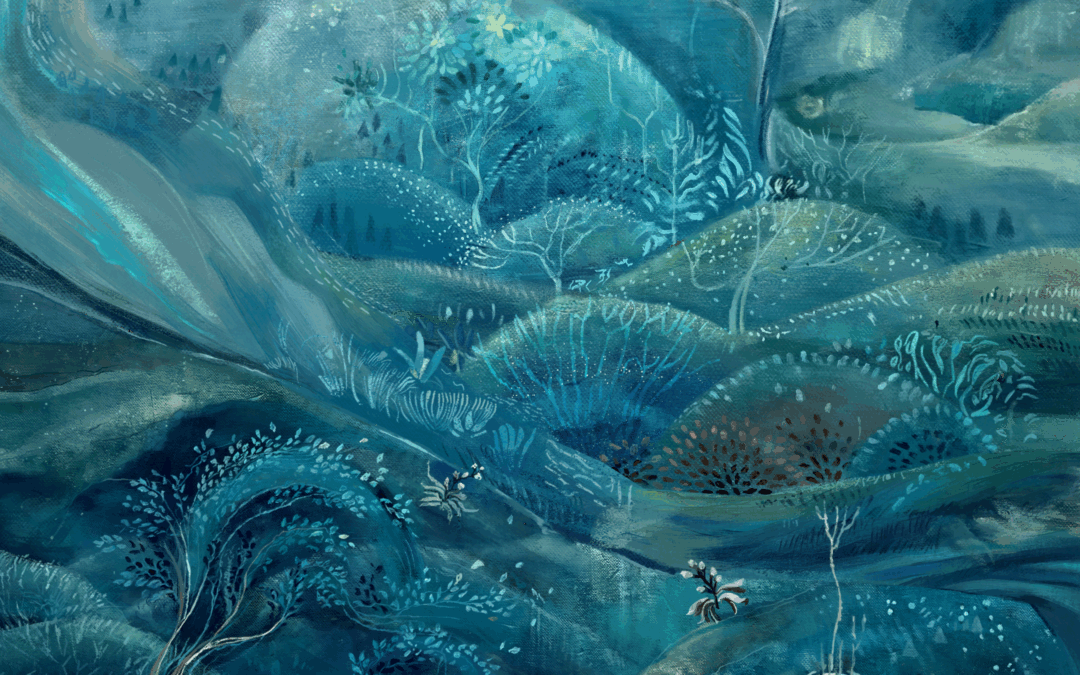
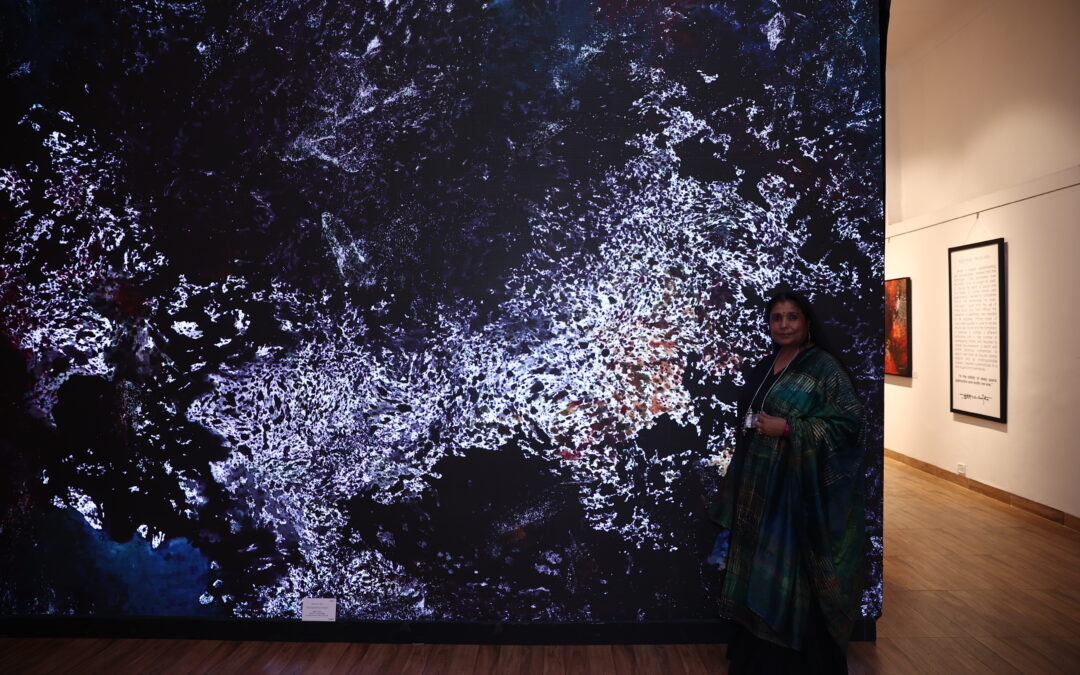
0 Comments